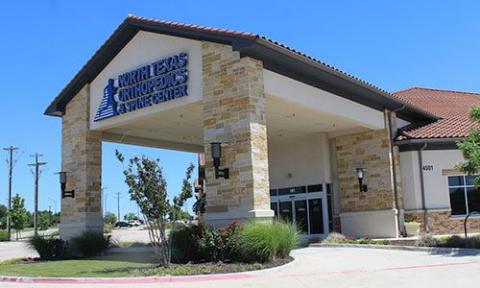Understanding Total Hip Replacement: What You Need to Know
Total hip replacement, also known as total hip arthroplasty, is a surgical procedure designed to relieve pain and restore mobility in patients with severely damaged hip joints. This life-changing surgery involves replacing the damaged parts of the hip joint with artificial components, allowing individuals to regain their quality of life and return to everyday activities. In this blog post, we will explore the causes that lead to hip replacement, the procedure itself, and the recovery process.
What is Total Hip Replacement?
Total hip replacement is a surgical intervention where the damaged ball-and-socket joint of the hip is replaced with prosthetic components. These components typically include:
- A cup: Replacing the damaged hip socket.
- A metal or ceramic ball: Replacing the femoral head.
- A stem: Anchoring the prosthetic ball into the femur.
The goal of the surgery is to alleviate pain, improve joint function, and enhance the patient’s overall mobility.
Causes Leading to Hip Replacement
Several conditions may necessitate a total hip replacement, including:
- Osteoarthritis: Wear-and-tear arthritis that causes cartilage breakdown in the hip joint.
- Rheumatoid arthritis: An autoimmune condition leading to joint inflammation and damage.
- Hip fractures: Severe injuries that cannot be repaired conservatively.
- Avascular necrosis: Loss of blood supply to the hip joint, leading to bone death.
- Congenital hip disorders: Conditions such as hip dysplasia.
Symptoms Indicating the Need for Hip Replacement
Signs that you may need a total hip replacement include:
- Persistent hip pain that interferes with daily activities.
- Stiffness limiting your ability to move or bend the hip.
- Pain that persists even at rest or during sleep.
- Difficulty walking, climbing stairs, or standing up from a seated position.
- Ineffectiveness of conservative treatments such as physical therapy, medications, or injections.
The Total Hip Replacement Procedure
The surgery typically involves the following steps:
- Preparation: The patient is placed under general or regional anesthesia.
- Incision: A surgeon makes an incision to access the hip joint.
- Damaged tissue removal: The surgeon removes the damaged cartilage and bone.
- Prosthetic placement: The artificial components are secured in place.
- Closure: The incision is closed with sutures or staples.
The procedure generally takes 1-2 hours, and patients are usually required to stay in the hospital for a few days post-surgery.
Recovery After Total Hip Replacement
Recovery involves several stages and typically includes:
- Immediate post-op care: Pain management and prevention of complications such as blood clots.
- Physical therapy: Exercises to restore strength, flexibility, and mobility in the hip joint.
- Gradual return to activity: Most patients resume light activities within 6 weeks and regain full functionality within 3-6 months.
Potential Risks and Complications
While total hip replacement is a safe and effective procedure, potential risks include:
- Infection at the surgical site.
- Blood clots in the legs or lungs.
- Dislocation of the prosthetic joint.
- Wear or loosening of the prosthetic components over time.
- Nerve or blood vessel damage.
Living with a Hip Replacement
With proper care, a hip replacement can last 15-20 years or more. Tips for maintaining a healthy hip replacement include:
- Avoid high-impact activities that could stress the joint.
- Maintain a healthy weight to reduce pressure on the prosthetic.
- Follow your surgeon’s instructions for post-operative care and activity.
- Attend regular check-ups to monitor the condition of the replacement.
Conclusion
Total hip replacement is a transformative procedure that can significantly improve the lives of individuals suffering from debilitating hip pain. By addressing the underlying joint damage, this surgery restores mobility and enables patients to return to the activities they enjoy. If you’re considering hip replacement, consult a qualified orthopedic surgeon to discuss your options and create a personalized treatment plan.
For more information on joint health and surgical options, explore our blog or schedule a consultation with one of our specialists today.



